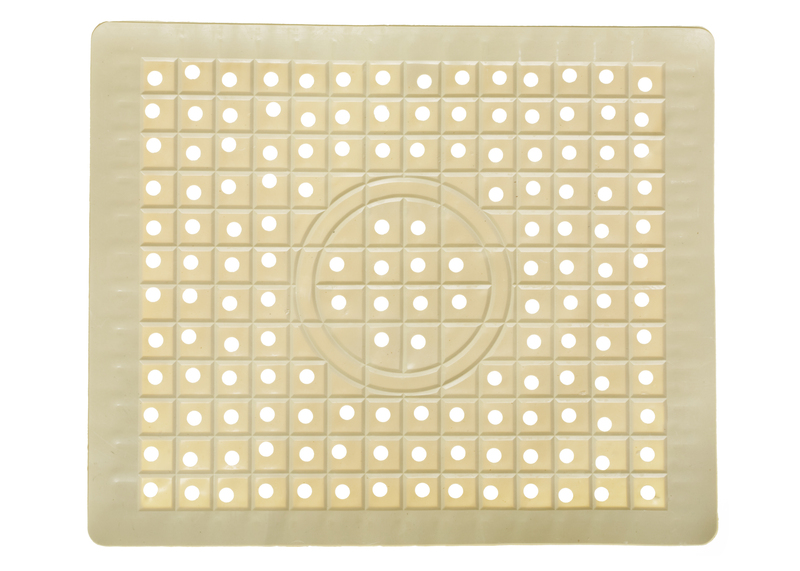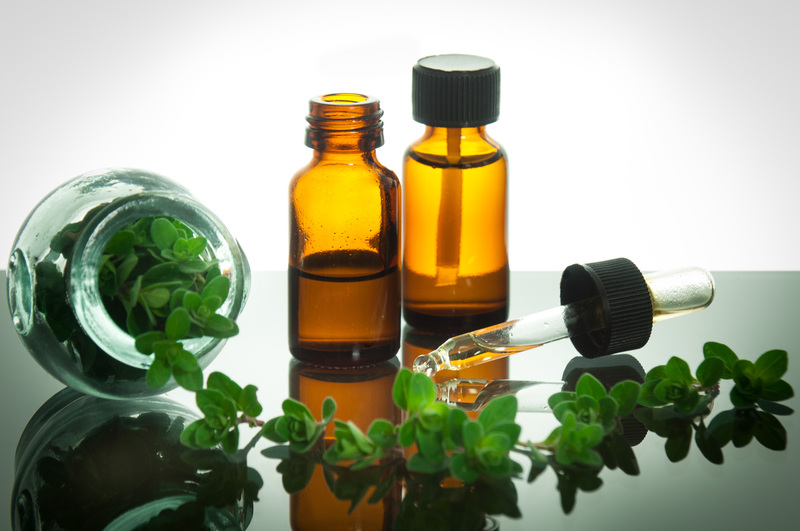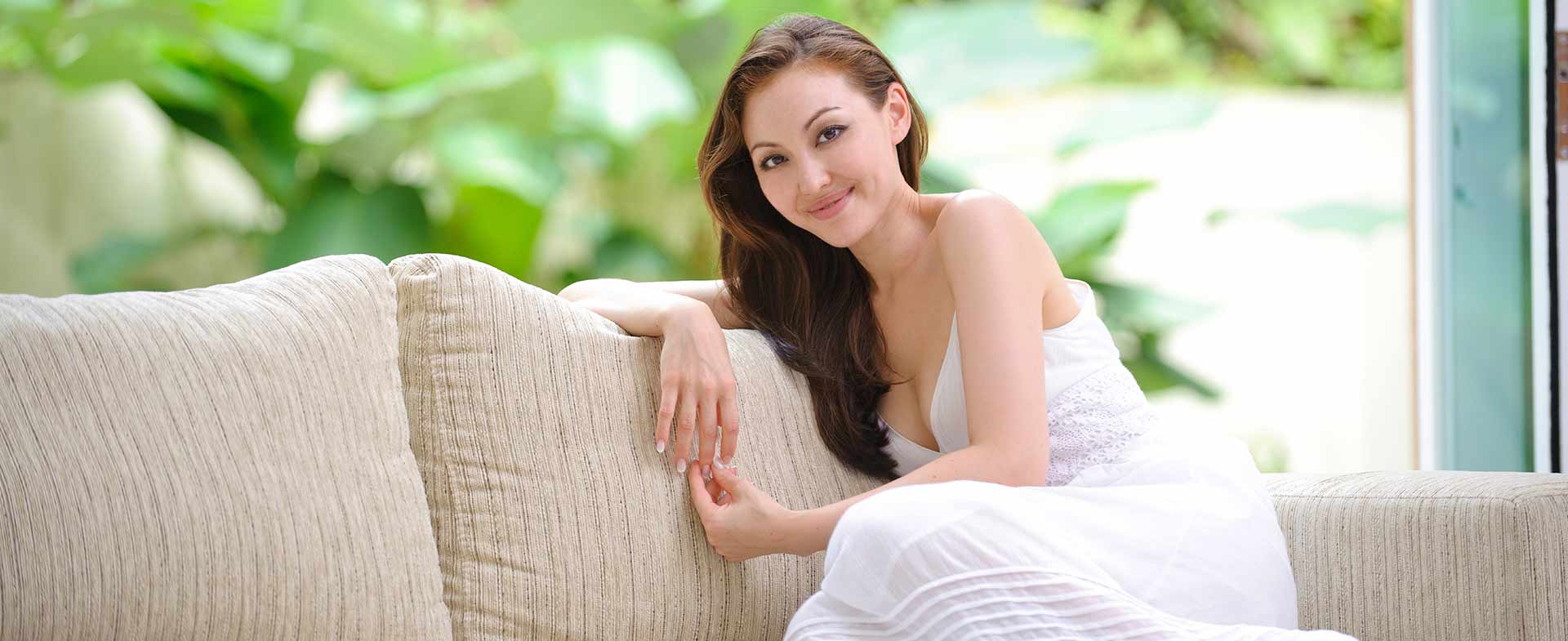Effective strategies to ensure your bathroom stays mold-free
Posted on 12/09/2025
Effective Strategies to Ensure Your Bathroom Stays Mold-Free
Mold is an unwelcome guest in any home, particularly in the bathroom where humidity and warmth create the perfect breeding ground for these unsightly and potentially harmful fungi. Maintaining a mold-free bathroom isn't just about aesthetics--it's essential for maintaining a healthy environment for you and your family. This comprehensive guide details the most effective tips and proven strategies to keep your bathroom clean, fresh, and, most importantly, free from mold.
Table of Contents
- Why Mold Thrives in Bathrooms
- Common Types of Bathroom Mold
- The Importance of Mold Prevention
- Ventilation Strategies for a Mold-Free Bathroom
- Moisture Control: The Key to Preventing Mold
- Cleaning Routines to Prevent Mold Growth
- Best Products for Mold Prevention
- Bathroom Design Tips to Minimize Mold
- Quick Fixes vs. Long-term Solutions
- FAQs about Bathroom Mold Prevention
- Conclusion
Why Mold Thrives in Bathrooms
Before you can keep your bathroom mold-free, it's crucial to understand why mold is such a common issue in this part of the house. Bathrooms provide ample conditions for mold growth, namely:
- High Humidity: Frequent showers and baths generate lots of steam.
- Poor Ventilation: Not all bathrooms are equipped with adequate airflow.
- Warmth: Bathrooms are often the warmest rooms in a house.
- Porous Surfaces: Grout, tile, and sealant are good places for mold spores to settle.
- Standing Water: Puddles, wet towels, or leaks can lead to persistent dampness.
Stopping mold starts with tackling these sources head-on with the right moisture prevention techniques and bathroom ventilation strategies.
Common Types of Bathroom Mold
Mold Varieties You Might Find in Bathrooms
While there are thousands of mold species, the three most common types found in bathrooms include:
- Aspergillus: Appears as black spots or colonies, often in grout or caulking.
- Cladosporium: Green or black mold that grows on wood, ceilings, or sinks.
- Stachybotrys (Black Mold): Dark, slimy, and potentially hazardous, usually found in very humid or watery areas.
Recognizing these will help you identify bathroom mold quickly and prevent its spread.
The Importance of Mold Prevention in Bathrooms
Why is it so critical to ensure your bathroom stays mold-free? Here are a few compelling reasons:
- Health Issues: Mold spores can trigger allergies, worsen asthma, and cause respiratory problems.
- Damage to Property: Left unchecked, mold can rot wood and damage drywall or ceilings.
- Unpleasant Odors: Mold has a distinctive, musty smell that lingers.
- Resale Value: Mold damage can decrease your home's value and complicate sales.
Investing time and effort in mold prevention strategies pays off both in the short and long term.
Ventilation Strategies for a Mold-Free Bathroom
Proper ventilation is arguably the most effective way to keep your bathroom dry and discourage mold growth. Consider these proven strategies:
-
Install or Upgrade an Exhaust Fan:
- Run the fan during and after showers for at least 20-30 minutes.
- Clean the fan regularly to ensure efficiency.
-
Open Windows During and After Showering:
- Let fresh air circulate and carry away excess moisture.
-
Leave Doors Open:
- After use, keep the bathroom door ajar to promote airflow and drying.
-
Use Dehumidifiers:
- Portable dehumidifiers help maintain ideal humidity levels between 30-50%.
Implementing these ventilation techniques will greatly enhance your bathroom's ability to stay mold-free.
Moisture Control: The Key to Preventing Mold
Limiting moisture is at the heart of any effective bathroom mold prevention strategy. The following steps are essential:
- Wipe Down Surfaces: After bathing or showering, use a squeegee or towel to remove water from tiles, glass doors, and other wet surfaces.
- Fix Leaks Promptly: Address any dripping taps, leaky toilets, or faulty pipes immediately to avoid standing water.
- Replace Wet Towels and Rugs: Allow towels to dry between uses and launder them regularly.
- Seal Grout and Tiles: Use a grout sealer annualy to water-proof porous surfaces.
- Check for Condensation: If you notice persistent condensation on mirrors or windows, enhance your bathroom's ventilation or insulation.
With these effective moisture control tips, your bathroom stands a much better chance of remaining free of mold.
Cleaning Routines to Prevent Mold Growth
Develop a Thorough Bathroom Cleaning Schedule
Consistent, thorough cleaning is another powerful strategy to keep your bathroom mold-free. Here's how to do it:
-
Weekly Cleaning:
- Use an anti-mold or mildew cleaner on tiles, grout, tub, and shower doors.
- Scrub sinks and faucets to prevent soap scum--mold can feed on this residue.
-
Monthly Deep Cleaning:
- Wash shower curtains and liners or opt for mold-resistant materials.
- Clean exhaust fan covers and vents.
- Inspect corners, under sinks, and behind toilets for hidden mold.
-
Natural Mold-Fighting Products:
- Vinegar, baking soda, and hydrogen peroxide are effective and non-toxic against bathroom mold.
-
Prevent Soap and Shampoo Residue:
- Rinse shower walls and floors after every use to reduce mold food sources.
Regular cleaning makes it easier to spot early signs of mold and eliminates the spores before they grow out of control.
Best Products for Bathroom Mold Prevention
Don't overlook the role of specialized cleaning and maintenance products in your quest for a mold-free bathroom:
- Mold-Resistant Paints: Apply to bathroom ceilings and walls for extra protection.
- Grout Sealers: Prevent water from seeping into tiles and causing mold behind the scenes.
- Anti-Mold Sprays: Use these regularly, especially after cleaning or in particularly damps spots.
- Ventilated Bath Mats: Choose quick-drying mats rather than those that trap moisture.
- Mold-Resistant Caulk: Use in showers, around baths, and sinks to block mold entry points.
When selecting products, look for those specifically labeled for mold and mildew resistance to maximize their effectiveness.
Bathroom Design Tips to Minimize Mold Growth
Sometimes the best way to prevent bathroom mold is to rethink the space itself. Smart design choices make a big difference:
-
Opt for Large Tiles and Minimal Grout:
- Less grout means fewer places for mold to settle.
-
Install Proper Drainage:
- Slanted floors allow water to flow directly into drains and reduce puddles.
-
Choose Solid Surfaces for Sinks and Countertops:
- Materials like quartz or solid-surface composites help avoid cracks and porous spots.
-
Use Waterproof Wall Panels:
- Modern panels resist water better than old-fashioned tiles or wallpaper.
-
Keep Storage Areas Dry:
- Use closed cabinets and shelving rather than keeping products on damp floors.
These bathroom remodeling strategies can be especially useful if you're building new or undertaking renovations.
Quick Fixes vs. Long-Term Solutions
When it comes to effective ways to prevent bathroom mold, not all strategies are created equal. Here's how to balance immediate fixes and lasting solutions:
Quick Fixes for Bathroom Mold
- Wipe away surface mold with a mixture of vinegar and water.
- Use a dehumidifier after a hot shower to dry the air.
- Open windows and doors for instant ventilation.
Long-Term Solutions to Keep Bathrooms Mold-Free
- Remodel to add or upgrade exhaust fans and ventilation systems.
- Seal grout and use waterproof materials on walls and floors.
- Schedule regular professional inspections for hidden leaks or water damage.
- Install water and humidity sensors to catch problems early.
For true and lasting bathroom mold prevention, focus on embedding moisture control and proper ventilation into your routine and home design.
FAQs about Bathroom Mold Prevention
How often should I clean my bathroom to prevent mold?
Weekly cleaning is recommended for tiles, grout, and fixtures, with a monthly deep clean hitting curtains, vents, and less-visible corners.
What kills bathroom mold instantly?
Vinegar and hydrogen peroxide are fast, natural solutions that kill most surface mold on contact. For deep infestations, commercial anti-mold sprays or professional remediation may be necessary.
Is black mold in the bathroom dangerous?
Black mold (Stachybotrys) can be toxic to humans and should be handled with caution. If you suspect severe black mold, consult a mold remediation professional.
Should I use bleach to clean bathroom mold?
Bleach is effective for non-porous surfaces but may not kill mold roots on porous materials. Consider vinegar or specialized cleaners for persistent areas.
How can I make my bathroom less humid?
- Always use an exhaust fan and leave it running after showers.
- Open a window or door to allow airflow.
- Use a portable dehumidifier when necessary.
Conclusion: Achieving a Mold-Free Bathroom
A mold-free bathroom isn't just a dream--it's entirely possible with a proactive approach and the right strategies. By prioritizing ventilation, moisture control, regular cleaning, and smart remodeling choices, you'll minimize the risk of mold and maximize the beauty and health of your space.
Start by assessing your current bathroom habits and design. Make small, effective changes using the techniques outlined in this guide, and remember: prevention is always easier and more cost-effective than remediation. With consistent effort, you'll enjoy a fresh, safe, and permanently mold-free bathroom for years to come.
Ready for More Tips?
Bookmark this article and check back for updates on the latest and most effective bathroom mold prevention strategies. Don't let mold take hold--stop it before it starts!






